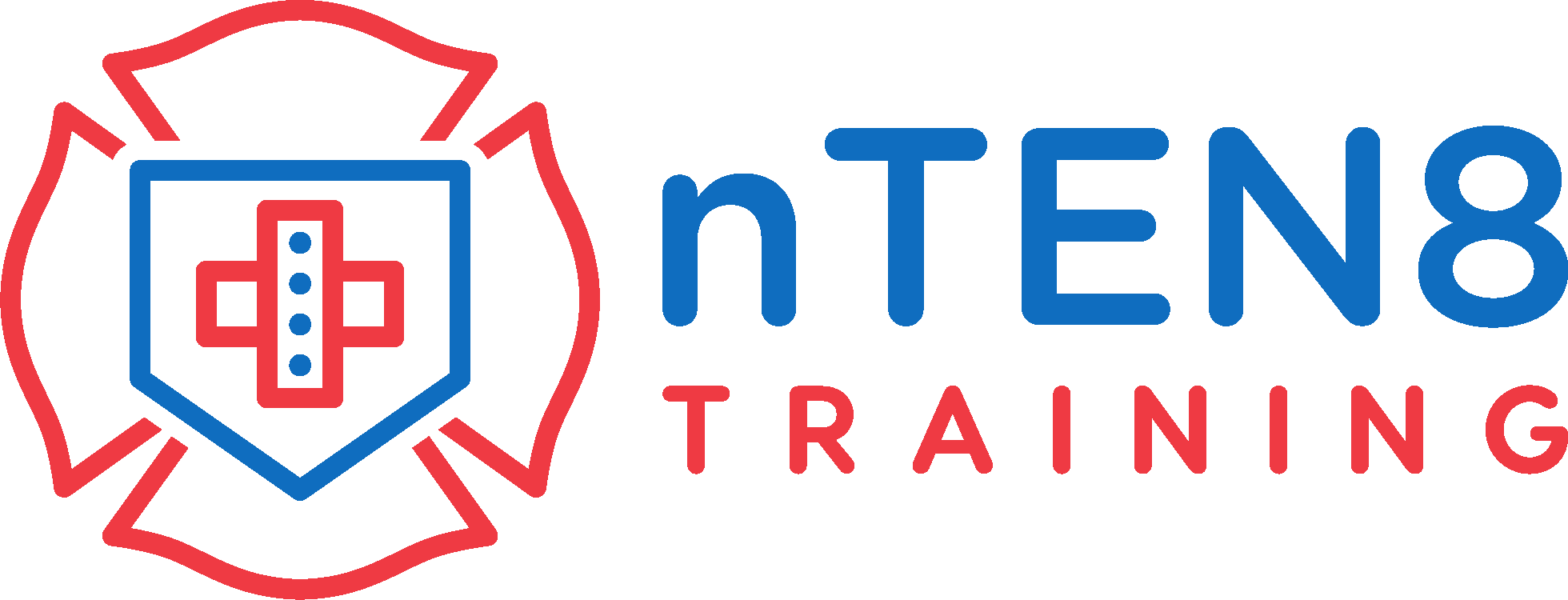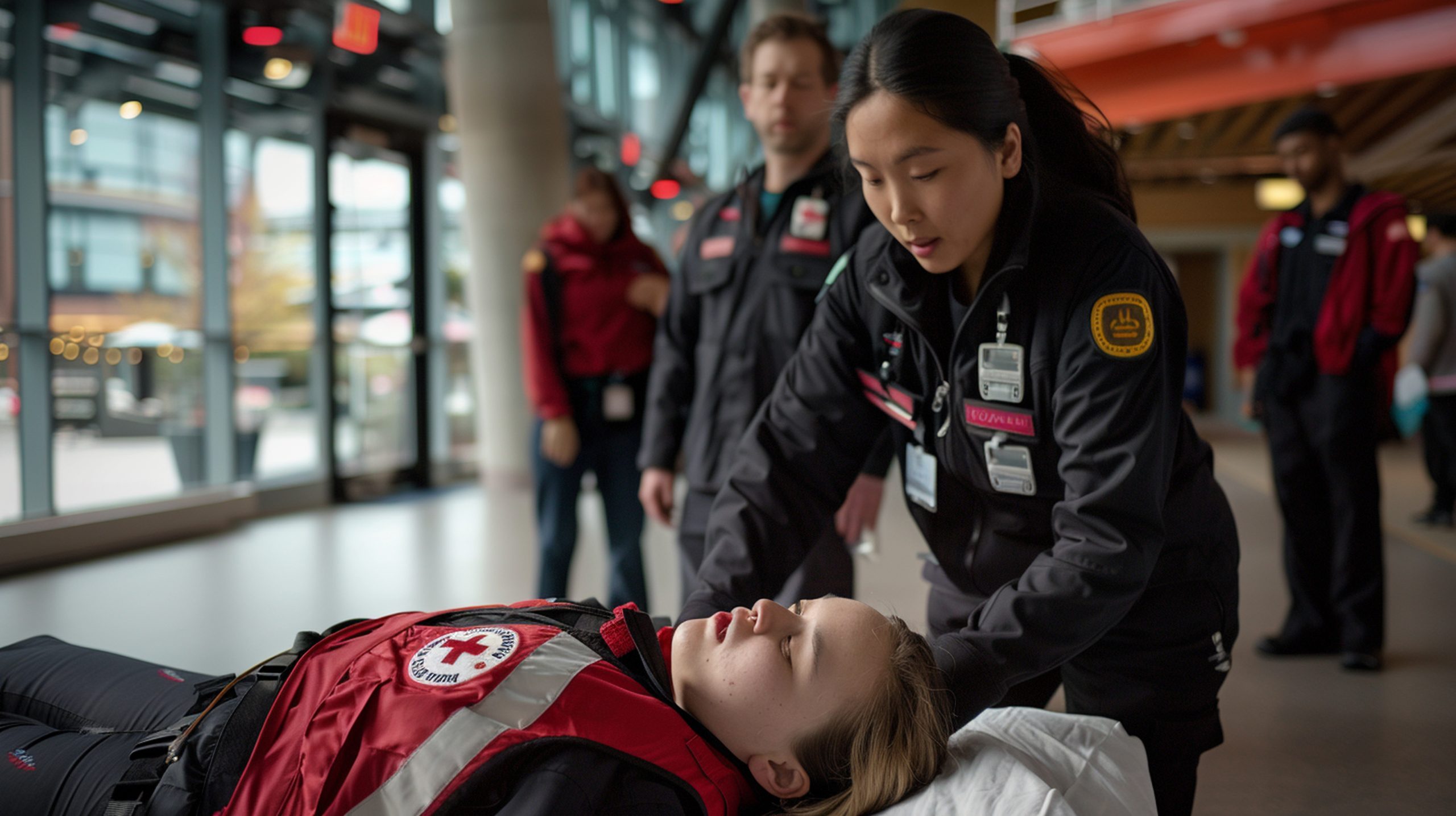Introduction to Emergency First Aid at Work for Irish: Explore the basics of providing immediate assistance during workplace emergencies in Ireland. Understand the importance of quick action and how your actions can potentially save lives.
Common Workplace Emergencies in Ireland: Learn about the specific emergencies that can occur in Irish workplaces. This module equips you with the skills needed to handle various scenarios, from minor injuries to more serious accidents. Understand the unique challenges and solutions relevant to Irish workplaces.
Safe Situation Assessment: Properly assess the situation before taking action. Learn how to identify any risks and ensure the safety of everyone involved, including yourself. Emphasis is placed on a systematic approach to emergency response in Irish work environments.
Essential First Aid Techniques: Acquire essential first aid knowledge applicable to Irish workplaces. This session provides step-by-step instructions in clear English for performing CPR, treating burns, and managing injuries. Feel confident in your ability to assist when needed.
Communication and Reporting in an Emergency: Effective communication is crucial during an emergency. Learn how to communicate with colleagues, emergency services, and medical professionals clearly and efficiently. Understand the importance of following correct reporting procedures to ensure follow-up care and prevent similar incidents in the future.





